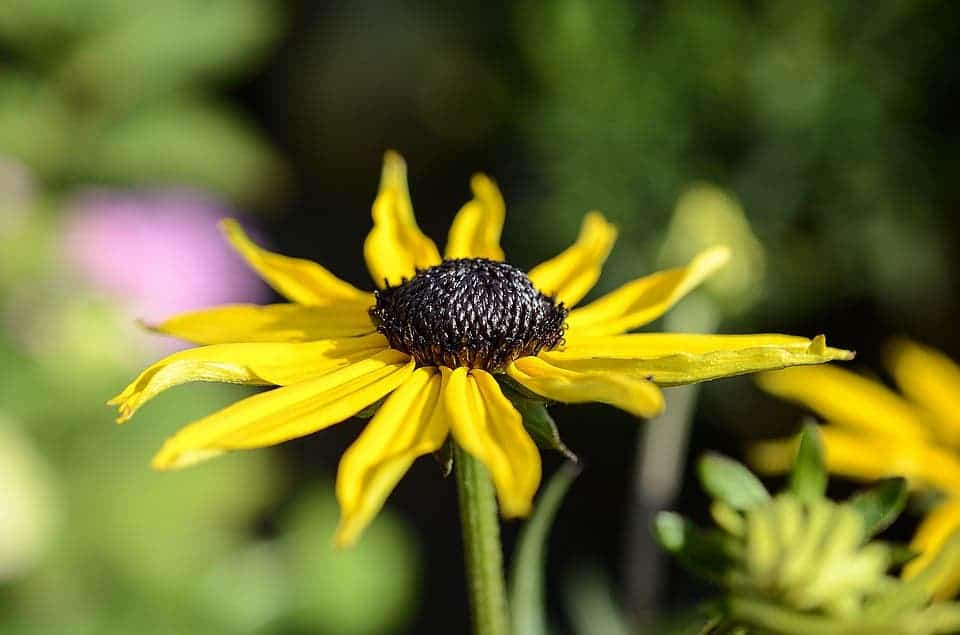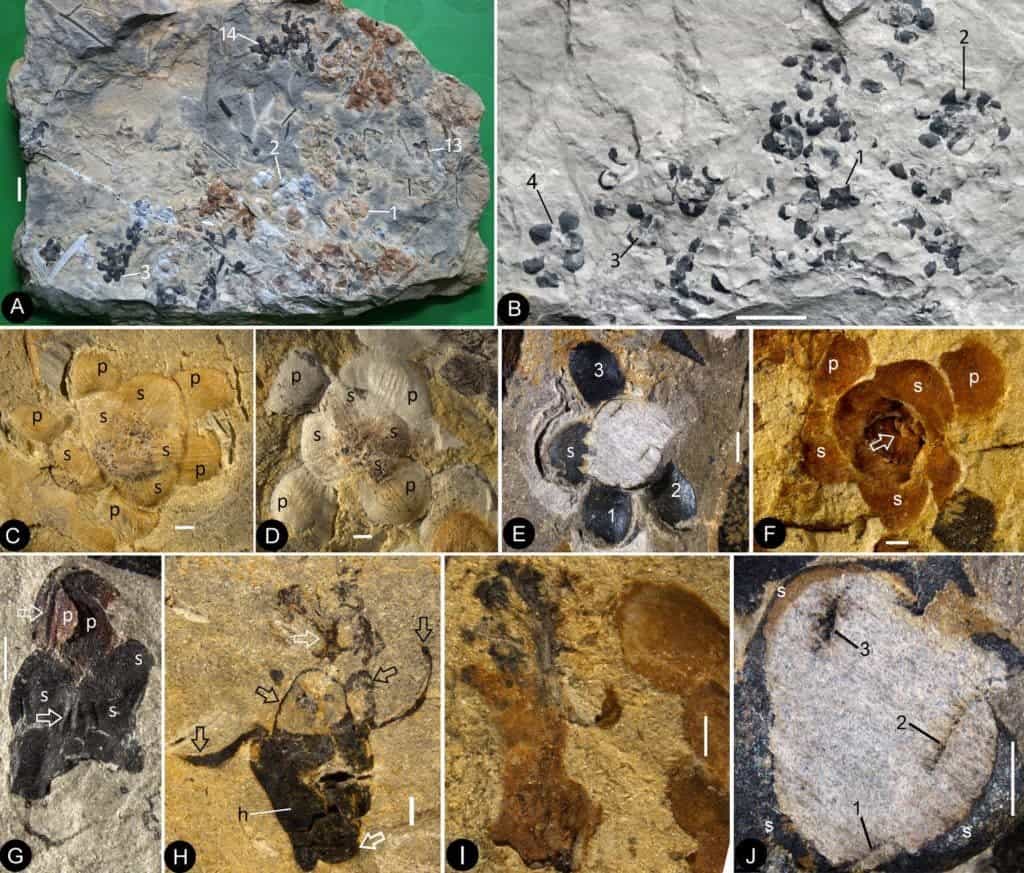The origin of angiosperms (flowering plants), the world’s most successful and diverse group of plants, has always been a hotly debated topic among biologists. Even Darwin described the origin of this group as an “abominable mystery”, and elsewhere called it “a most perplexing phenomenon”, baffled by the speed with which flowers evolved and spread. A new study which examined 198 individual plant fossils unearthed in the city of Nanjing, in eastern China, offers new evidence that may help explain angiosperm evolution. According to the results, flowering plants first appeared at least 174 million years ago during the Early Jurassic, some 50 million years earlier than the previous fossil record had suggested.
Darwin redeemed
From oranges to rice, flowering plants are responsible for all the fruit and most of the vegetables in the world. There are more than 350,000 kinds of flowering plants growing on the planet, making up about 90% of all living plant species — and scientists still find new ones all the time. All flowering plants produce seeds, which are covered by a fruit, unlike gymnosperms whose seeds are not covered in fruit.
The first plants in the world, which looked a lot like mosses, emerged roughly 425 million years ago. These then diversified into ferns, then gymnosperms (like pine trees), and later still — around 125 million years ago during the Cretaceous era — into angiosperms. Within a mere 30 million years, flowering plants would dominate the planet. This explosive burst of diversity very shortly after their supposed origin is mysterious, especially since it punches holes in Darwin’s gradual evolution through natural selection.
Flowering plants may have first blossomed much earlier than the Cretaceous, though. Earlier this year, a research team at the University of Bristol performed a molecular-clock dating study that found a much older origin for angiosperms, implying a cryptic evolution of flowers that is not documented in the fossil record. The genome analysis that looked at genetic distances between flowering plants found that the plant group originated between 149 and 256 million years ago.
Now, an international research team led by scientists at the Nanjing Institute of Geology and Palaeontology in China has described 198 individual fossil flowers preserved in 34 slabs. The South Xiangshan Formation where the fossils were unearthed is 174 million years old (Early Jurassic).
“It is incredible to make the fossil discovery in such a modern city,” said Fu Qiang, a researcher at the Nanjing Institute, who was the first to discover the fossils in Nanjing in 2016.
The researchers described in detail one of the fossil flowers, Nanjinganthus dendrostyla, showing that it had seeds in the ovary. This evidence “is consistent with Nanjinganthus being a bona fide angiosperm from the Jurassic,” the researchers said.
“From the evidence of the combination of an invaginated receptacle and ovarian roof, we infer that the seeds of Nanjinganthus were completely enclosed,” the authors wrote in the journal eLife.
All of this means that flowering plants may have appeared 50 million years earlier than previously thought, which means that their diversification wasn’t as explosive as scientists were previously led to believe judging from Cretaceous fossils alone. Darwin’s theory seems safe after all.
Contrary to mainstream belief, this would place the apparition of flowering plants to the Early Jurassic, the period that saw dinosaurs dominating the planet. This discovery may reshape our current understanding of the evolution of flowers,” the researchers concluded.
The findings, however, don’t explain why so few angiosperm fossils have survived through this 50-million-year-old gap. Many more fossils need to be described and independently verified before this debate is settled.











